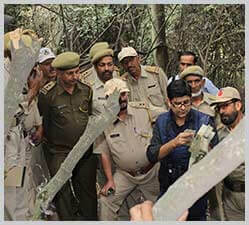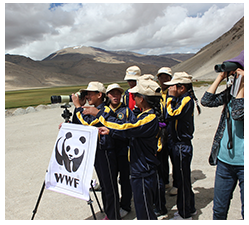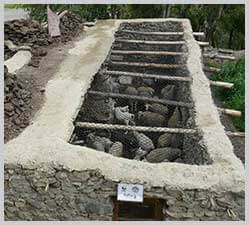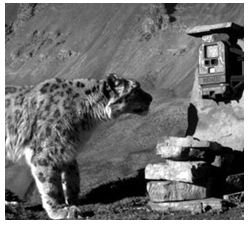On the night of March 19, 2016, Tsewang Norbu, a villager from Matho, Ladakh looked out of his window to see, with horror - a snow leopard circling the his livestock pen. After several unsuccessful attempts to break in, however, the snow leopard walked away. A few hours later, Norbu heard a commotion and realized that the snow leopard had attacked, not his, but his neighbour’s livestock pen and made off with a calf!
Norbu's special predator-proof corral protected his livestock from the snow leopard that night.

Trains & equips forest guards with kits
that help them patrol effectively


Facilitates workshops to sensitize
stakeholders such as the Communities & Schools


Contributes towards the construction of predator-proof
corral pens for livestock protection


Contributes towards a camera trap to
monitor the snow leopard population
